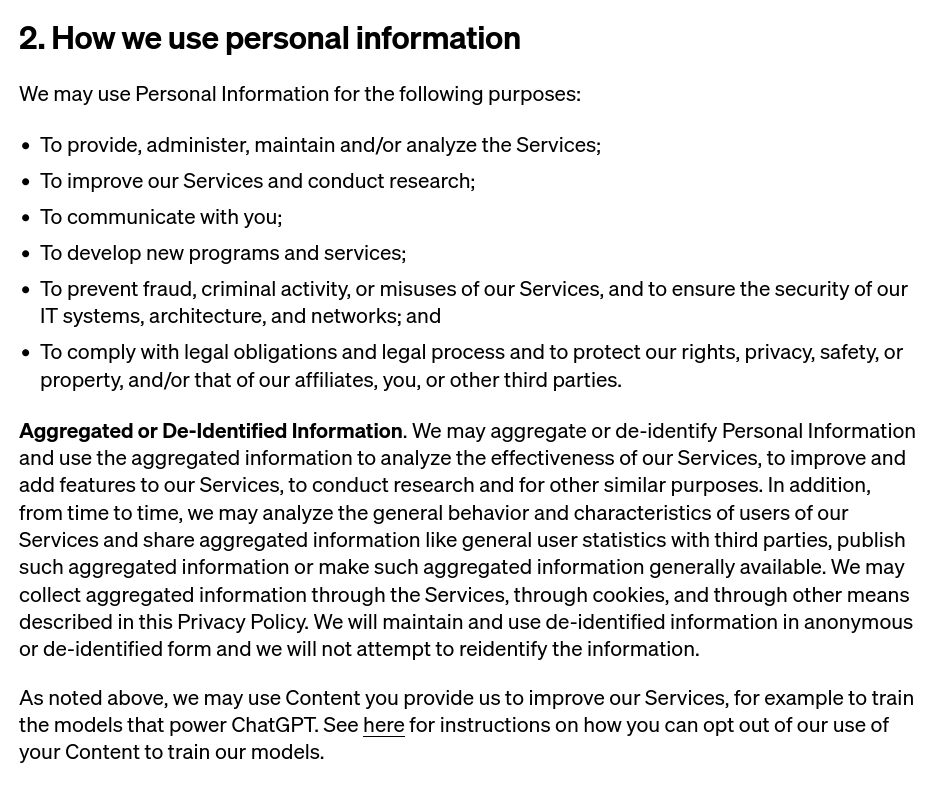Usage Restrictions
OpenAI is very restrictive about the kind of applications it allows. Until November 2022 you had to explicitly ask OpenAI to review and approve your application before going into production. Since then, here is what they say: "We no longer require you to register your applications with OpenAI. Instead, we'll be using a combination of automated and manual methods to monitor for policy violations."
Some applications are simply not allowed by default, like applications based on paraphrasing and rewriting (considered as "plagiarism"), multi-level marketing, sexual discussions... Moreover, they often require that you explicitly tell your end users that you are using AI in your application (this is the case for summarization, news generation, and anything related to the medical, legal, and financial industries). Here are the OpenAI's usage policies:


At NLP Cloud we believe that our customers should use their best judgement to decide how to use our AI models based on their local laws and their personal ethics. We think it is not our role to inspect and filter our customer's requests.



